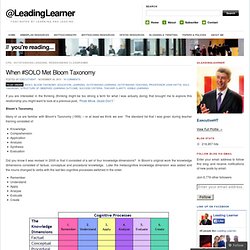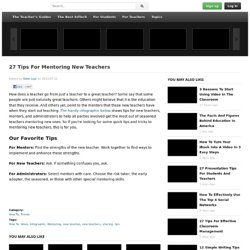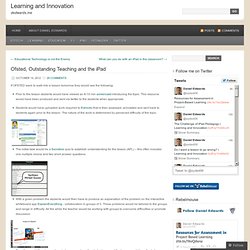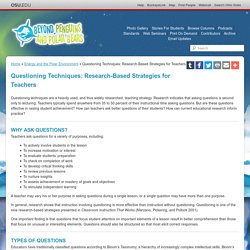

@OfstedNews updates for all teachers: #GrimReaper. This article includes the Ofsted updates - January 2014 – for all classroom teachers and those that lead on whole-school teaching and learning.

Bah-humbug! Just as we were all settling down by the fire on Christmas Eve, Ofsted published their termly update in the School Inspection Handbook and Subsidiary Guidance for January 2014! As sad as it is true; hundreds and hundreds of teachers, certainly thousands, were reading about Ofsted updates over Christmas – me included! This clearly needs to stop… Did this news improve the flavour of your christmas pudding? So, why did we all move away from the television and our families on Christmas Eve-Eve? Well, the latest Subsidiary Guidance was published on 23rd December 2013. Regarding this particular blog, I will only focus on sharing teaching and learning updates for the reader.
Breaking News: Here is how the information was shared online on Monday 23rd December 2013. Click to open and also this image below: KS5 Help Wall - Teaching Tricks. Calderstones Teacher's Toolbox. When #SOLO Met Bloom Taxonomy. If you are interested in the thinking (thinking might be too strong a term for what I was actually doing) that brought me to explore this relationship you might want to look at a previous post, “Posts Move, Goals Don’t.”

Bloom’s Taxonomy Many of us are familiar with Bloom’s Taxonomy (1956) – or at least we think we are! The standard list that I was given during teacher training consisted of: KnowledgeComprehensionApplicationAnalysisSynthesisEvaluation Did you know it was revised in 2000 or that it consisted of a set of four knowledge dimensions? RememberUnderstandApplyAnalyseEvaluateCreate You can find a full summary of Bloom’s Taxonomy and the changes by Dr. SOLO Taxonomy The SOLO Taxonomy was devised by Collis & Biggs (1982) and looked at the Structure of the Observed Learning Outcomes produced by students in terms of their complexity.
Resources. Book Review: Visible Learning. Visible Learning by John Hattie (2009) is well-described by its subtitle: “A synthesis of over 800 meta-analyses relating to achievement”.

It is an attempt to summarise a huge amount of educational research about what works and what doesn’t into a single volume. This post is my review/analysis of the book. The concept of the book sounded excellent: a meta-meta-analysis. To unpack that: a single study might look at some students and the effect that a particular change (e.g. requiring students to have an iPad) had on their achievement. But a single study can be biased by having a small sample, or various confounds (e.g. students’ familiarity with iPads). The effort is massive, and commendable. Effect Sizes Visible Learning is centred around a statistical measure called “effect size”, and so are my criticisms. You can read this as a measure of how many standard deviations the mean was shifted. ): the students’ score has increased by three quarters of a standard deviation. Summary. #5MinPlan series.
Meeting a class for the first time. Updated Ofsted handbook, september 2013 - impact on teaching. #5MinPlan Marking @TeacherToolkit @LeadingLearner. Project Noah. 27 Tips For Mentoring New Teachers. How does a teacher go from just a teacher to a great teacher?

Some say that some people are just naturally great teachers. Others might believe that it is the education that they receive. And others yet, point to the mentors that these new teachers have when they start out teaching. The handy infographic below shows tips for new teachers, mentors, and administrators to help all parties involved get the most out of seasoned teachers mentoring new ones. So if you’re looking for some quick tips and tricks to mentoring new teachers, this is for you. For Mentors: Find the strengths of the new teacher. Purple Elf's Learning Adventures. Ofsted, Outstanding Teaching and the iPad. If OFSTED were to walk into a lesson tomorrow they would see the following: Prior to the lesson students would have viewed an 8-10 min screencast introducing the topic.

This resource would have been produced and sent via twitter to the students when appropriate.Students would have uploaded work required to Edmodo that is then assessed, annotated and sent back to students again prior to the lesson. The nature of the work is determined by perceived difficulty of the topic. The initial task would be a Socrative quiz to establish understanding for the lesson (AFL) – this often includes one multiple choice and two short answer questions. With a given problem the students would then have to produce an explanation of the problem on the interactive whiteboard app ExplainEverything - collaboration in groups of 3. Socrative would then be used again to assess where the students are and the lesson would be adjusted accordingly. Developing independent learning skills across the curriculum. Purple Elf's Learning Adventures. Questioning Techniques: Research-Based Strategies for Teachers — Energy and the Polar Environment.
Questioning techniques are a heavily used, and thus widely researched, teaching strategy.

Research indicates that asking questions is second only to lecturing. Teachers typically spend anywhere from 35 to 50 percent of their instructional time asking questions. But are these questions effective in raising student achievement? How can teachers ask better questions of their students? How can current educational research inform practice? Purpleelf.edublogs.org/files/2013/05/foldables-22q90w7.pdf. Purple Elf's Learning Adventures.